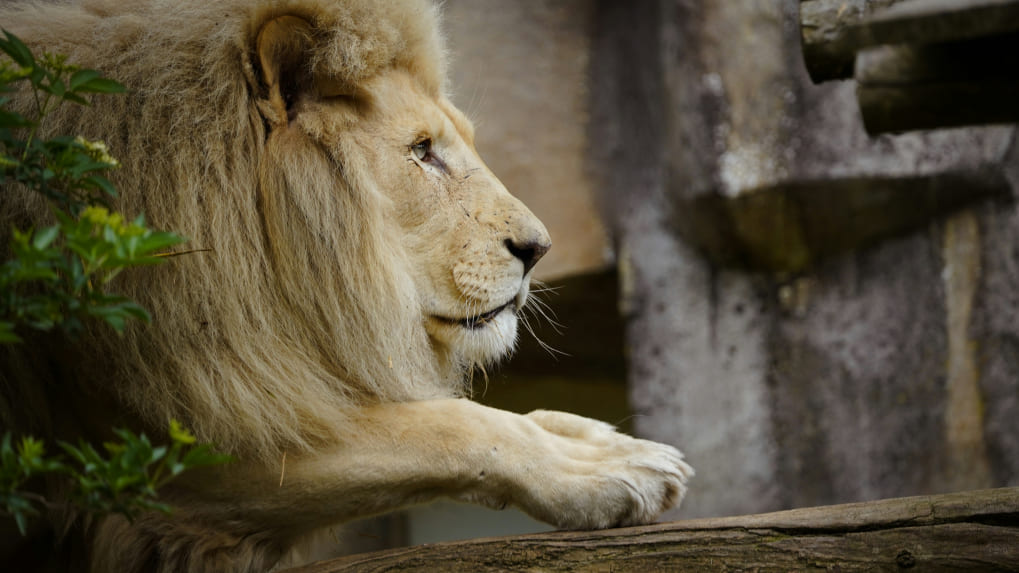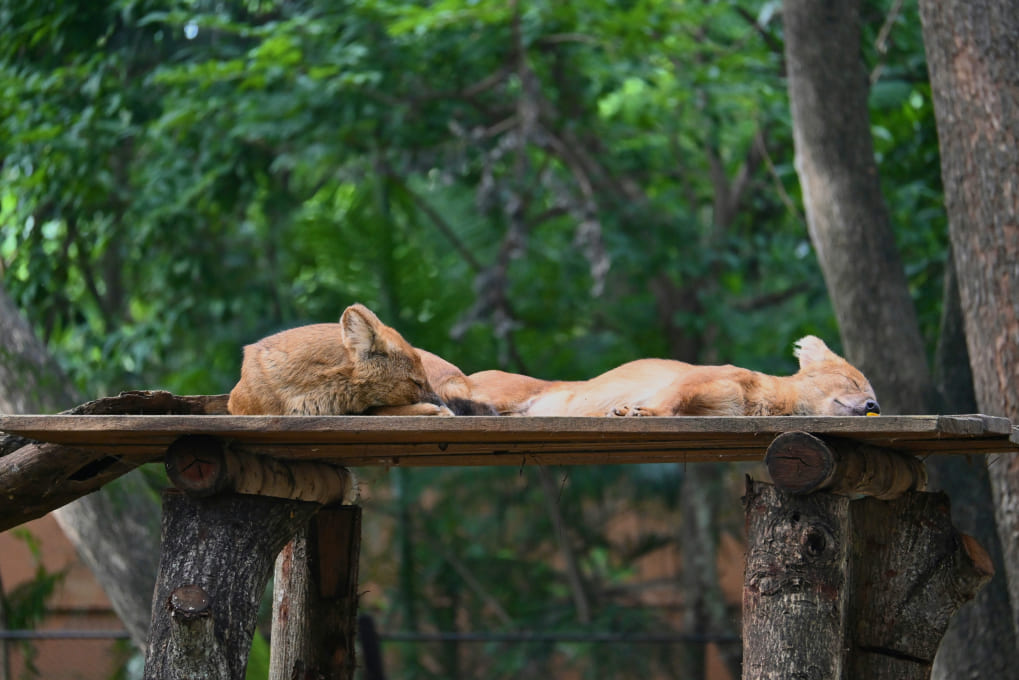
On average, male lions weigh between 150 and 250 kilograms (330 to 550 pounds), while females typically weigh 100 to 180 kilograms (220 to 400 pounds). Lions can grow up to 1.2 meters (4 feet) tall at the shoulder and measure around 2.7 meters (9 feet) in length, including their tails.
Physical Characteristics
Lions are large carnivorous mammals belonging to the feline family. Male lions are easily distinguished by their impressive manes, which vary in color from blonde to black, depending on age and genetics. The mane not only serves as a display of dominance and maturity but also as protection during fights. Female lions, known as lionesses, lack manes and are slightly smaller than males, but their sleek and muscular bodies are built for hunting and agility.
- Habitat and Range
- Social Structure: The Pride
- Hunting and Diet
- Conservation Status
















